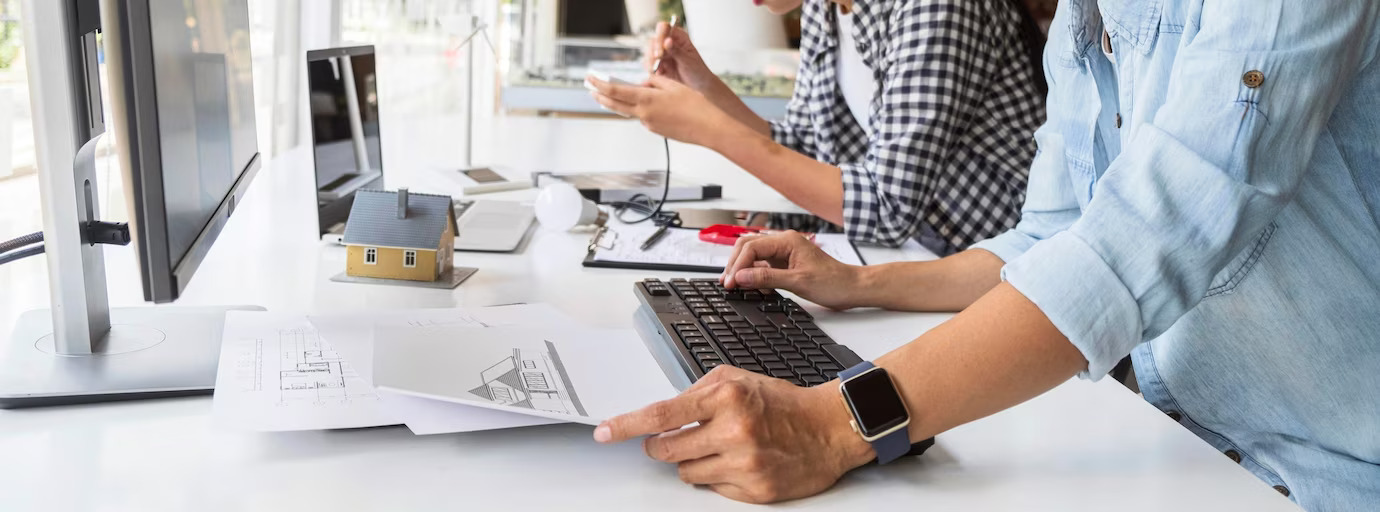Medical technology and the world of therapy associated with it have drastically changed over the years. Gone are the days when humans would be in the blind trying to identify how and why a person was afflicted with a particular disease and symptom.
Technology has advanced quite far to figure out diseases that are quite a niche and might not have very obvious symptoms. It has become easier than ever before to understand what is going wrong inside the body and how to cope with it to ensure a speedy recovery.
What is Lumbar Spinal Stenosis?
The problem concerns the area surrounding the lumbar spine which consists of five vertebrates. This is located between the ribs and pelvis. This involves narrowing of the spinal canal and compresses the nerves putting a lot of undue pressure on them. This affects the region starting from the back all the way down to the legs.
This is not an instant problem as many might think. The symptoms gradually develop over the years and are mostly recognized in the latter years of one’s life. These may also affect the surrounding bone spurs and the ligaments attached to the spine.
What are the symptoms?
- A feeling of pain and numbness in the regions surrounding the lower back, calves, knees, and rear end.
- The patient may also find that their legs are getting frequently cramped up and need to take frequent breaks while walking.
- Pain radiating from the back to both of the legs and thighs is sometimes coined as sciatica.
- In extremely rare cases, this may affect the motor functioning of the legs and may even reach into areas of the pelvis and bladder.
- The pain may get aggravated as well when the person is sitting or standing upright.
How is the diagnosis done?
- The doctor can recommend getting an X-ray done to have a look at the surrounding bone spurs.
- A CT scan can also be prescribed to get a look at the shape of the spinal canal.
- An MRI can also be done to get a much-detailed analysis. MRI provides an in-depth look at the spinal cord, nerve roots, and the presence of any tumours in very fine detail which makes it easier for the diagnosis.
- A myelogram is often used as well, which injects a colored dye into the spinal fluid to get an impression of the spinal cord and surrounding nerves.
What are the treatments available out there for the same?
- If the condition is not too serious, doctors are most likely to prescribe doses of anti-inflammatory and pain medication to help cope with the pain.
- Epidural injections may also be used to reduce the swelling near the back.
- Sometimes physical therapy is prescribed to help cope with the pain and get more blood circulation.
- Surgery is generally performed when the symptoms become so severe that they hinder the everyday functioning capabilities of the patient. These generally have a relatively prolonged recovery time.
If you think you have been witnessing some strange pain in the back and rear parts of your legs, it is a good idea to seek out a doctor for Lumbar Spinal Stenosis Treatment. The probability of surgical intervention is minimal if it is arrested in the beginning stages and there is enough window for treatment. Following the doctor’s diagnosis with whatever medication and lifestyle changes are being recommended is guaranteed to bring in some relief. There is no need for anxiety as this is completely manageable and, except for extreme cases of neglect, can be healed enough to lead a normal life.







